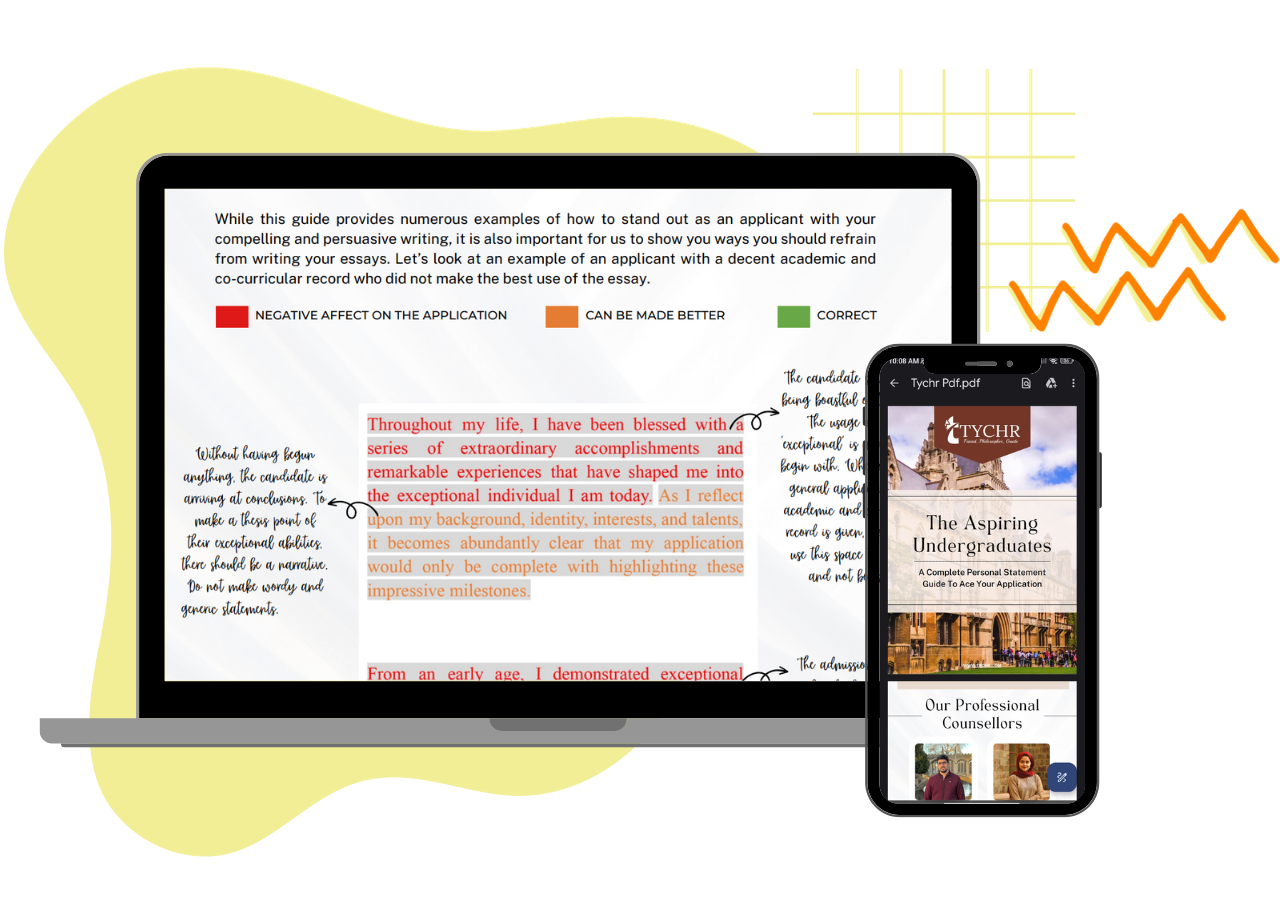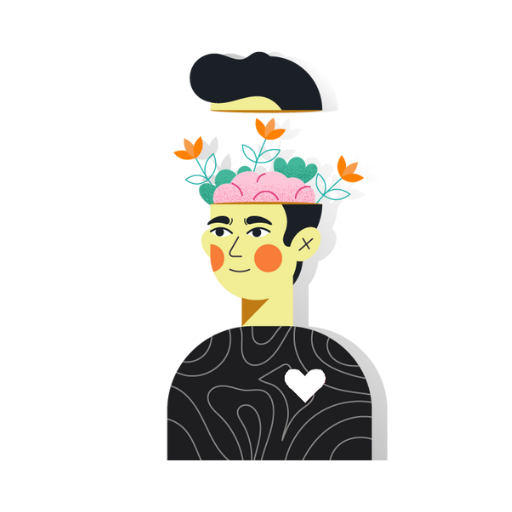Download our Successful College Application Guide
Our Guide is written by counselors from Cambridge University for colleges like MIT and other Ivy League colleges.
To join our college counseling program, call at +918825012255

For more details related to IB MYP – DP1 Bridge Course, Click Here to download the Brochure.
For more details related to IB DP1 – DP2 Bridge Course, Click Here to download the Brochure.
For Any Queries, Please call at +918825012255
The IB English HL Paper 2 Question Bank is an excellent resource for students preparing for the IB English Literature exam. The Question Bank contains a wealth of questions and answers on all aspects of the IB English Literature syllabus, and is an essential tool for any student wanting to do well in the exam. The Question Bank is divided into sections, each covering a different part of the syllabus.
Time: 1 hour 45 minutes (+5 minutes of silent reading)
Instructions to candidates:
Answer one essay question only. Your answer should address ways in which language and context contribute to your reading of each work.
Sample Response:
In literature, characters play a crucial role in shaping the story’s narrative and themes. While major characters are often the focus of the plot, minor characters can also have a significant impact on the story’s development and meaning. In this essay, I will argue that minor characters can indeed have a substantial impact on the overall significance of a literary work. To support my argument, I will refer to the novels “To Kill a Mockingbird” by Harper Lee and “The Great Gatsby” by F. Scott Fitzgerald, which are studied in the International Baccalaureate (IB) English HL course.
In “To Kill a Mockingbird,” Harper Lee presents a story set in the 1930s American South, dealing with issues of racism, social injustice, and moral integrity. While the protagonist, Scout Finch, and her father, Atticus Finch, are the central characters of the novel, minor characters such as Calpurnia, Tom Robinson, and Boo Radley have a significant impact on the story’s events and themes. For example, Calpurnia, the Finch family’s African American housemaid, serves as a moral compass for Scout and Jem, teaching them about racial discrimination and the importance of empathy and tolerance. Similarly, Tom Robinson, a black man falsely accused of a crime, represents the injustice and racism prevalent in society, highlighting the novel’s central theme of racial inequality. Additionally, Boo Radley, a recluse who lives near the Finch family, symbolizes the societal prejudice and fear of the unknown. His mysterious presence in the story adds depth to the narrative, serving as a catalyst for Scout’s coming-of-age journey and her understanding of the complexities of human nature.
Likewise, in “The Great Gatsby,” F. Scott Fitzgerald uses minor characters to illustrate the corrupt and superficial nature of the American Dream in the 1920s. While Jay Gatsby and Daisy Buchanan are the central characters of the novel, minor characters such as Myrtle Wilson, George Wilson, and Jordan Baker play crucial roles in the story. For example, Myrtle Wilson, Tom Buchanan’s mistress, represents the lower class’s desperate pursuit of wealth and social status, ultimately leading to her tragic demise. George Wilson, Myrtle’s husband, symbolizes the disillusionment and desperation of the working-class, highlighting the emptiness and moral decay underlying the pursuit of the American Dream. Additionally, Jordan Baker, a friend of Daisy and a guest at Gatsby’s parties, serves as a voice of reason in the story, providing insights into the characters’ motivations and flaws. Her detached and cynical perspective adds depth to the novel’s themes of love, wealth, and morality.
Furthermore, minor characters can also serve as foils to the main characters, highlighting their strengths and weaknesses. In “To Kill a Mockingbird,” the contrasting characters of Atticus Finch and Bob Ewell provide a stark contrast in their moral values and actions. Atticus represents integrity, fairness, and justice, while Bob Ewell embodies racism, ignorance, and cruelty. The stark contrast between these two characters intensifies the novel’s central theme of moral courage and the fight against prejudice. Similarly, in “The Great Gatsby,” the contrasting characters of Jay Gatsby and Tom Buchanan highlight the contrasting values of illusion and reality. Gatsby, with his idealistic pursuit of the American Dream and his illusions about love and wealth, represents the superficiality and emptiness of the Jazz Age, while Tom, with his brutish and selfish behavior, embodies the harsh realities of the corrupt and materialistic society. The contrast between these characters serves to emphasize the novel’s themes of disillusionment and the fleeting nature of the American Dream.
Additionally, minor characters can also contribute to the overall atmosphere and tone of a literary work. In “To Kill a Mockingbird,” characters such as Miss Maudie, Miss Stephanie Crawford, and Aunt Alexandra add depth and complexity to the story’s setting and mood. Miss Maudie, a neighbor and confidante of the Finch family, represents the voice of reason and tolerance in the community, providing a sense of hope amidst the prevailing racism. Miss Stephanie Crawford, the town gossip, adds a touch of humor and satire, providing insights into the town’s prejudices and hypocrisy. Aunt Alexandra, Atticus’s sister, represents the strict societal expectations placed on women in the 1930s South, highlighting the theme of gender roles and expectations. These minor characters contribute to the novel’s overall tone of social commentary and critique of the society in which the story is set.
Furthermore, minor characters can also serve as vehicles for symbolic representation in literature. In “The Great Gatsby,” characters such as the eyes of Doctor T.J. Eckleburg and the characters of the “valley of ashes” represent the decay and moral bankruptcy of the American Dream. The eyes of Doctor T.J. Eckleburg, a billboard overlooking the desolate “valley of ashes,” symbolizes the eyes of God, watching over the corrupt and morally bankrupt society. The characters of the “valley of ashes,” including George Wilson and Myrtle Wilson, represent the marginalized and forgotten individuals who have been left behind in the pursuit of wealth and success. These minor characters serve as powerful symbols, contributing to the novel’s overall theme of the emptiness and decay of the American Dream in the 1920s.
However, it is important to note that not all minor characters in literature have a significant impact. Some minor characters may simply serve functional roles, such as providing comic relief, advancing the plot, or filling in background details. While these characters may not have a profound impact on the overall significance of a literary work, they still contribute to the story’s overall structure and coherence.
In conclusion, minor characters in literature can indeed have a significant impact on the overall meaning and significance of a literary work. As demonstrated in “To Kill a Mockingbird” and “The Great Gatsby,” minor characters can contribute to the story’s themes, serve as foils to the main characters, add to the atmosphere and tone, and function as powerful symbols. These characters add depth, complexity, and nuance to the narrative, enriching the reader’s understanding of the story and its underlying messages. Therefore, I agree with the statement that in literature, it is often the minor characters that have the most significant impact.
Our Guide is written by counselors from Cambridge University for colleges like MIT and other Ivy League colleges.
To join our college counseling program, call at +918825012255

Cat 1 – ESS and Cat 2 – Biology. Chief of the IB program. Mentored 320+ students across various curricula.
IBDP Physics HL / SL. IGCSE Physics. A-level Physics (AQA, CIE, Edexcel, OCR, and WJEC). IGCSE Physics (AQA,CIE, OCR & Edexcel)
IBDP Cat 1 – Business Management, IBDP Cat 1 – TOK. Taught over 130+ students across 4+ countries.
IBDP Cat 1 & 2 November 2019. Specializes in Global Politics. Many students scored 7s; mentors 200+ students in assessments.
Specializing in Mathematics: Analysis and Approaches (HL & SL), Mathematics: Applications and Interpretation (HL & SL), and MYP (Mathematics).
IBDP Cat 1 – Chemistry, IBDP Cat 3 – IA Chemistry, IBDP Cat 1 – TOK. Helped 2 out of 3 students achieve a 7 in IB Chemistry.





All content on this website has been developed independently from and is not endorsed by the International Baccalaureate Organization, the College Board, Pearson EdExcel, OCR, or AQA. International Baccalaureate, SAT, ACT, AP, EdExcel, OCR, and AQA are registered trademarks owned by their respective organizations.
Download our Successful College Application Guide developed by counselors from the University of Cambridge for institutions like Oxbridge alongside other Ivy Leagues. To join our college counseling program, call at +918825012255
We are hiring a Business Development Associate and Content Writer and Social Media Strategist at our organisation TYCHR to take over the responsibility of conducting workshops and excelling in new sales territory. View More